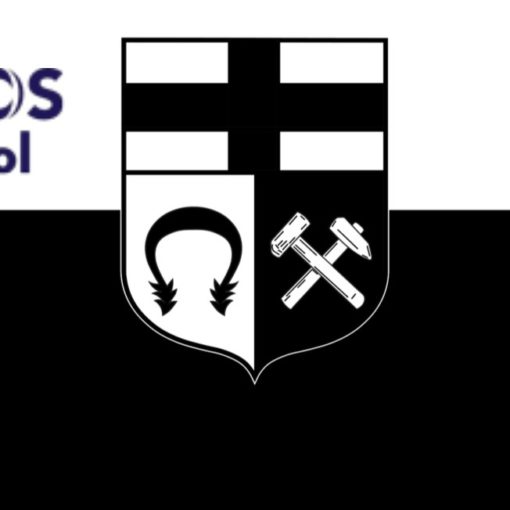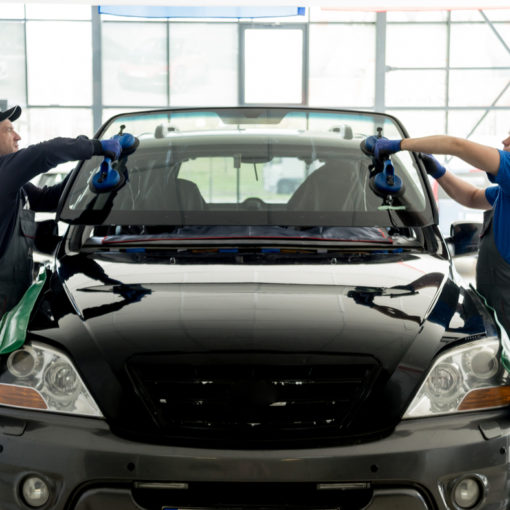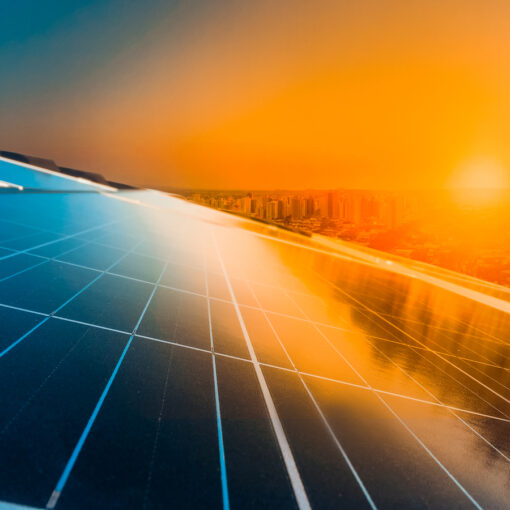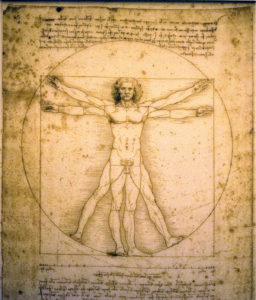 PPG has announced a 3-year, $275,000 grant to renovate the interactive chemistry laboratory at the National Museum of Science and Technology Leonardo da Vinci in Milan, according to a PPG press release. The project’s start marks the 500th anniversary of the artist’s death in 1519, with the renovated laboratory scheduled to open in early 2021.
PPG has announced a 3-year, $275,000 grant to renovate the interactive chemistry laboratory at the National Museum of Science and Technology Leonardo da Vinci in Milan, according to a PPG press release. The project’s start marks the 500th anniversary of the artist’s death in 1519, with the renovated laboratory scheduled to open in early 2021.
Under the guidance of expert researchers, the laboratory provides primary, secondary and high school students with opportunities for informal learning through dedicated educational activities focused on chemistry. It is one of 14 specially designed interactive spaces in the Museum, which is recognized throughout Europe for its leadership role in STEM education.
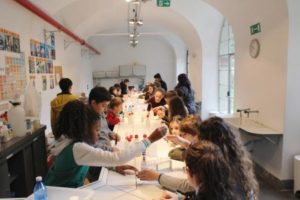
“STEM education is a responsibility, a mandate and a priority for our museum,” said Giovanni Crupi, head of development, National Museum of Science and Technology Leonardo da Vinci, in the release “We want to innovate our labs to better serve our communities. Thanks to PPG, we can create a new powerful education resource to inspire and engage our guests in science-oriented experiences.”
The laboratory project is part of PPG’s global community engagement efforts to offer young people opportunities to develop their knowledge and skills in science, technology, engineering and math (STEM) in a practical and engaging way.
“The lab is an important resource to educate and engage with thousands of students, teachers, families and visitors each year, with the goal of creating a positive relationship with the complex world of chemistry,” said Andrea Giunta, PPG global technical director, automotive refinish in the company release. “PPG has been partnering with the National Museum of Science and Technology Leonardo da Vinci since 2016 on STEM education, and we are very excited to continue that relationship with the laboratory project.”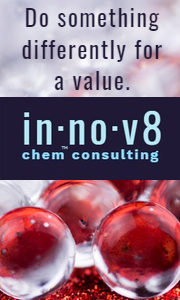
Past collaborations included Speed Date, where students could ask questions and receive advice from PPG experts who specialize in chemistry-related subjects; Notte al Museo (Night at the Museum), which provided young children with the opportunity to play the role of scientific investigators as they explored the Museum’s exhibits with their parents; and Introduction to Science, where nearly 500 secondary school students and their teachers participated in special lessons that were organized in the Museum’s chemistry and physics lab.
